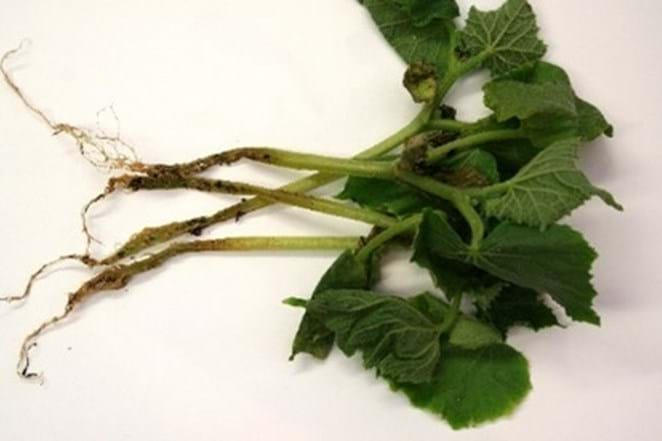February Pest of the Month - Crown rot and vascular wilt pathogens
By Your Levy @ Work
Vascular wilts and crown rots (including heart rot) are among the most destructive plant diseases that occur in production nurseries. They are very important because their presence can go undetected for relatively long periods, they almost always result in plant death and fungicides cannot eradicate infections. Environmental conditions that favour plant growth also favour these pathogens.
One major difference between crown rot and vascular wilt pathogens is the way that symptoms are produced. For crown rots, the tissue at the soil line physically rots and disintegrates. Vascular wilt infections restrict the movement of water and solutes by physically blocking the xylem vascular system internally.
Pathogens responsible for vascular wilts and crown rot are usually soil-borne and water-borne bacteria, fungi and oomycetes (e.g. Pythium) and all produce similar symptoms. Since infected plants cannot be cured or sold, it is recommended to remove and dispose of affected plants followed by disinfecting the associated growing areas and equipment. Preventative actions and strategies designed to break the lifecycle and reduce spread are very important for managing these pathogens. Some of the most important management strategies are to grow resistant stock where possible, grow under optimal conditions (because healthy plants are more resistant to disease) and to regularly use cultural practices that reduce the risk of pathogens entering the nursery. No one action can be used to manage vascular wilt and crown rot diseases.
For more information refer to the Crown Rot and Vascular Wilt Management Plan.






